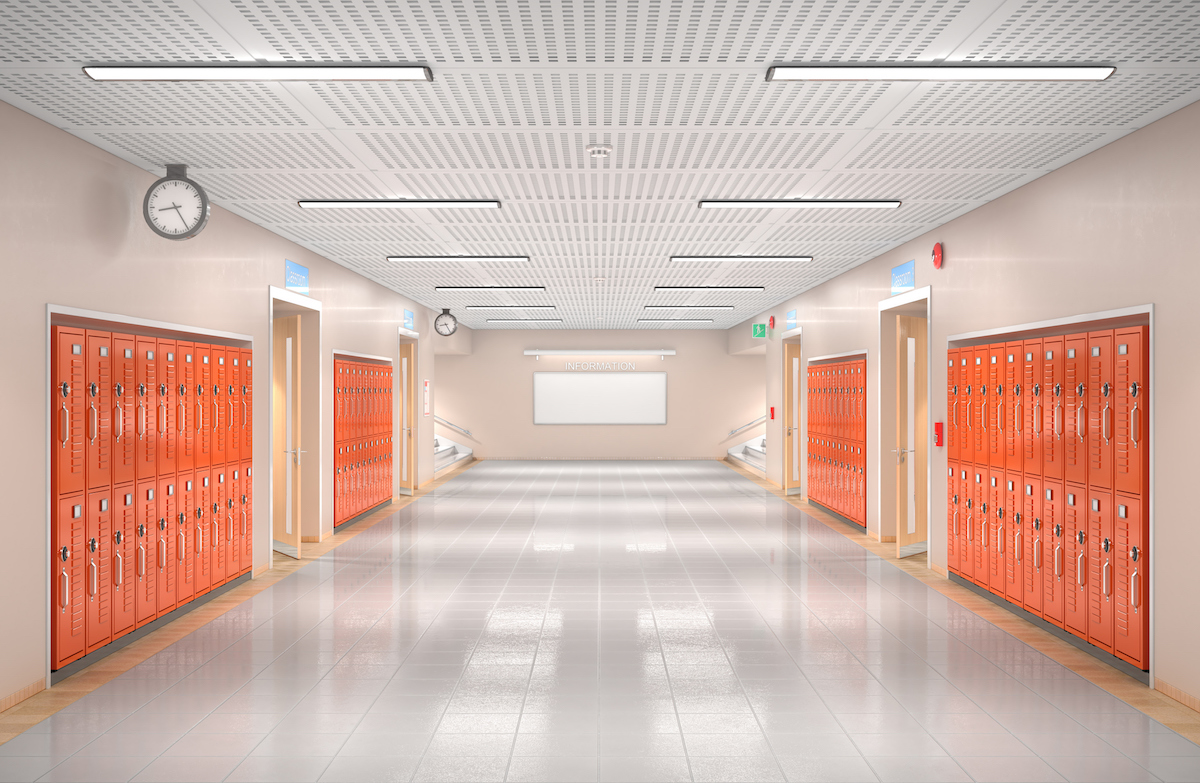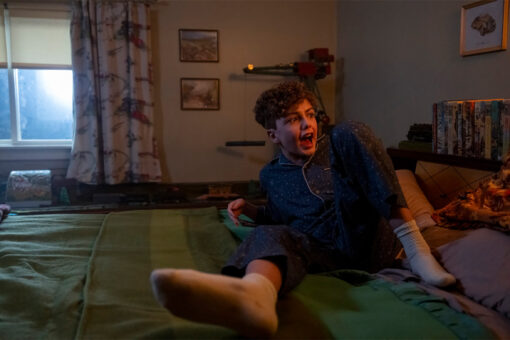At the start of the school day, a table dropped and made a loud banging noise.
My students screamed and froze. One shouted, “Finally?”
I didn’t know what she meant at first. The class got silent and students ran to the window. “Please go check, Ms. Islas,” a typically loud student whispered.
I realized what my student meant by “finally.” She meant to ask if a shooting was “finally” happening here.
“It was only a table dropping,” I said. “Don’t worry.”
That morning, we had all woken up to news of another mass shooting, killing 12 people at a bar in Thousand Oaks. We were still mourning the mass shooting in Pittsburgh, which killed 11 people in a synagogue.
In my own high school days, a table dropping wouldn’t have received much consideration. Today, it will freeze a classroom of 12th graders.
Sandy Hook happened during my very first student teaching assignment. I was working at a middle school outside of Sacramento. I had barely purchased my first iPhone and definitely didn’t have push news notifications. Instead, the horrifying news trickled in through the hushed but frantic voices of nearby teachers gathering in the quad outside my class. It was near the end of the day, and as soon as the students left, the teachers held an emergency meeting to address what had happened.
Mass shootings have been a part of my experience as a teacher since I entered the profession. But, the impact of gun violence on my practice and myself, professionally, is growing.
It’s growing due to the absence of legislative progress and prevention, the increase in severity and frequency of gun violence, and the continued divide amongst Americans and their misunderstandings about the causes of gun violence and gun regulations.
These are the realities of living as a teacher in the wake of mass shootings:
1. We not only prepare for lockdown drills, but the trauma they’ll trigger before, during, and after. During lockdowns, I’ve seen students cry and hold one another in fear. We used to do surprise lockdowns, but now we let students know they are coming. Police departments recommended this shift because students can remember the training more clearly when they are not in fear. Yes, lockdowns are incredibly fear-inducing.
2. We plan thoughtfully about how to conduct productive, safe conversations about gun violence and keep students informed about best practices for reporting and prevention. Students frequently discuss the fear of a school shooter. We have to be ready for a range of questions, from “Can we get bullet proof doors?” to “What happens if a school shooter enters and I’m in the bathroom?” These are never easy questions to answer.
3. We have the “if it happens talk.” I’ve engaged in the sobering conversation with my colleagues about the sacrifices we would make in the event of such a tragedy many times. And every colleague that I’ve ever spoken to has come to the same grim understanding of our duty: If we needed to, we would take a bullet for our students.
4. Identifying the potential for gun violence has become an underlying responsibility of the job. I would never want to imagine one of my students being capable of gun violence, and yet we have to become experts at identifying the signs. We need to be aware of any discussion of violence, obsessions with weapons, isolation, and we need to know the processes to report them.
5. Our love for our students and dedication to our practice remains at the forefront, but we are angry that these lockdowns, discussions, and duties have become the norm. We’re angry that we’re forced to put bandaids on an issue that could have a real solution. Most of us teachers can all rattle off statistics galore, like the fact that America has had almost as many mass shootings this year as it has days, or the fact that that’s not surprising seeing as this nation has the highest amount of firearms per residents (double to the second contender, Yemen), or the fact that the presence of a gun increases aggression, or the fact that the majority of Americans agree with common sense gun reform, or the fact that other countries have successfully implemented universal background checks and banned semi-automatic weapons, while we fail to do so, and continue losing lives in the process.
Last spring, after the school shooting in Parkland, Florida that killed 17 students and staff members, students held a national school walk-out against gun violence and in honor of the victims who lost their lives. Adults in and out of schools debated what kind of involvement we should all have.
At my school site, one administrator encouraged me to support students’ efforts in whatever way I could, while another publicly yelled at me for doing so, claiming I was being too political and had a responsibility to remain neutral.
I chose to help my students — and they led a beautiful rally honoring the victims and urging their peers to become informed about the real and effective solutions other countries have implemented.
The most important change in my reality has come only recently: the realization that this is no longer a political issue. This is a public safety issue. Gun violence is an epidemic that’s killing people, and I no longer feel the need to be neutral about it just because I’m an educator. In fact, it’s because I’m an educator that I feel the need to take a stance.
This year, I’ve put a new emphasis on teaching my students about the process of voting and how to research a candidate’s voting record and the implications of propositions before making a decision and making pre-registration, registration, and voting accessible to students. I will fearlessly share my stories and the reality and impact of the gun violence epidemic on my teaching and my students to all who will listen.
Teaching in the wake of these mass shooting can be scary and hard, but spending my day with inspiring, passionate young people is the greatest honor I could ask for. These are the young people that will make change.
But we need to support them in making that change. So, bring on the marches, bring on the phone banking, bring on the real, calm, safe discussions with people who don’t agree with you, bring on the support of young people to get out there and vote with us. Bring it all, with everything you’ve got, so that finally, we can really say, enough is enough.



